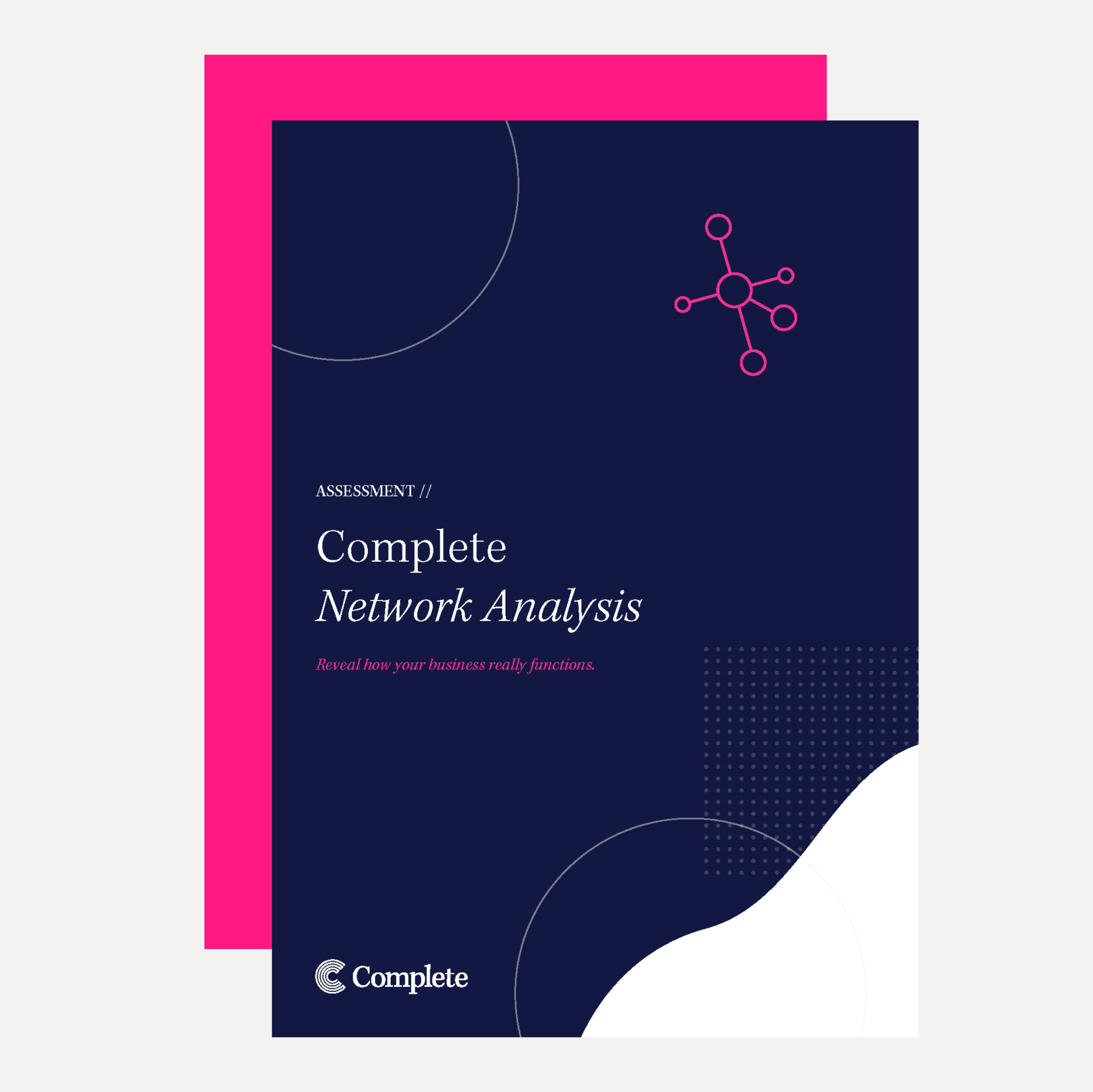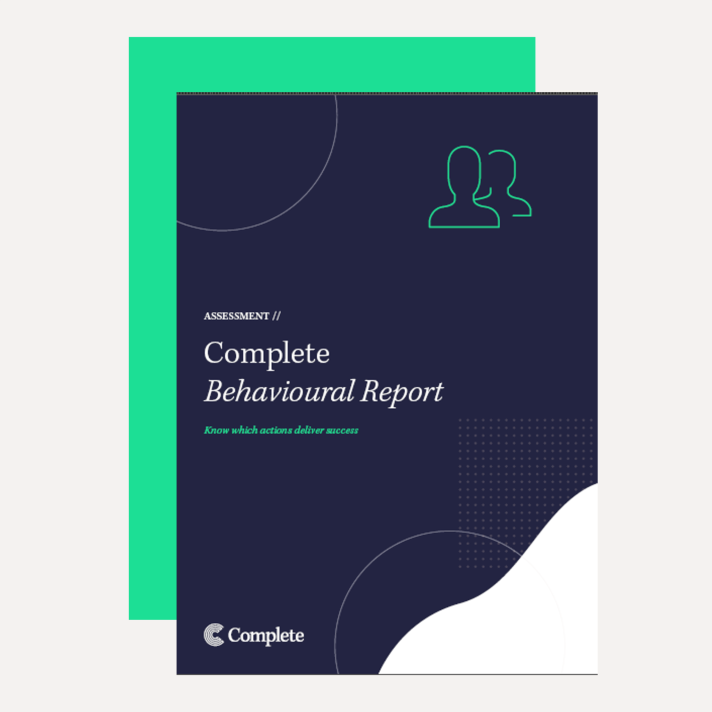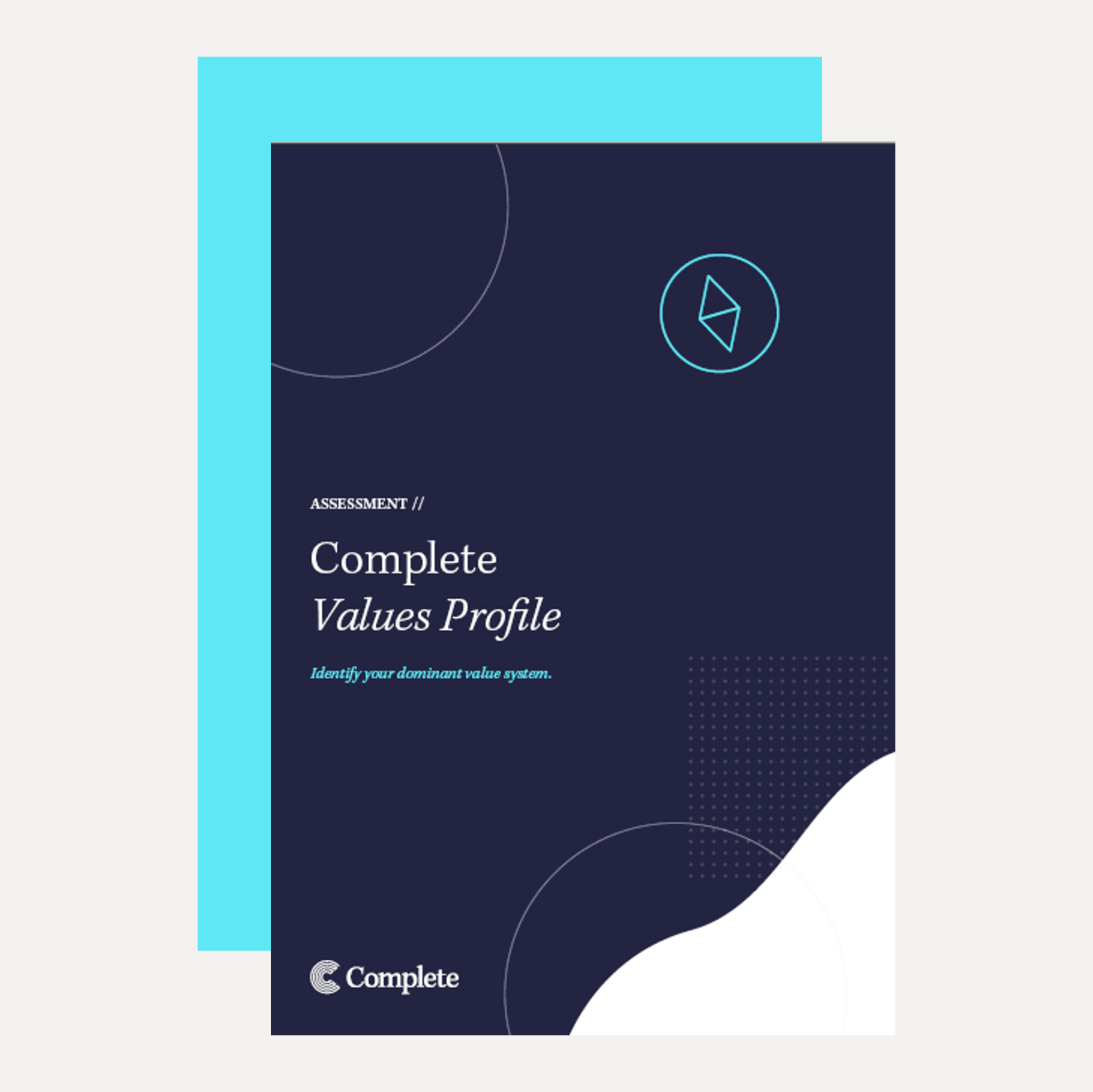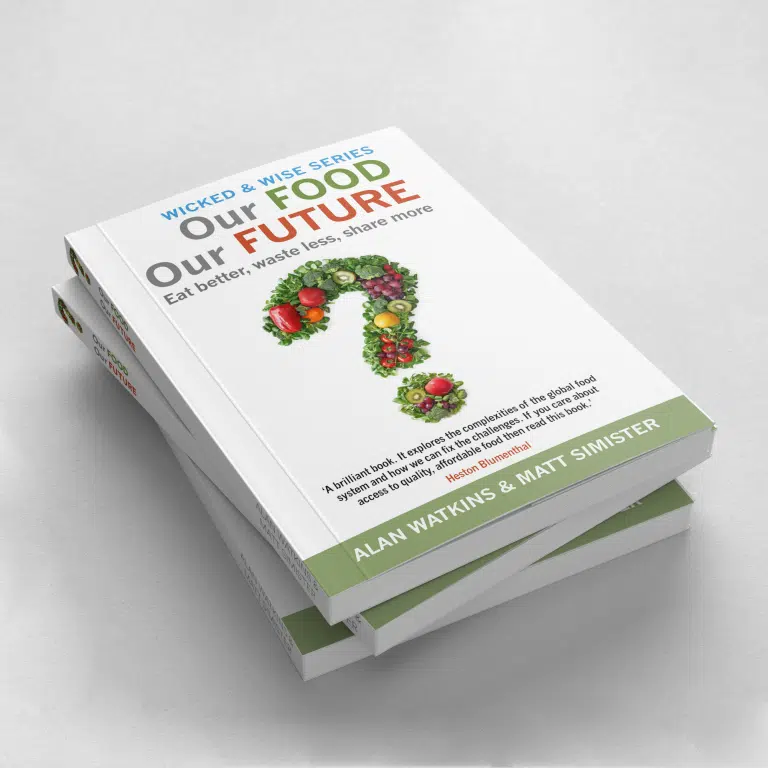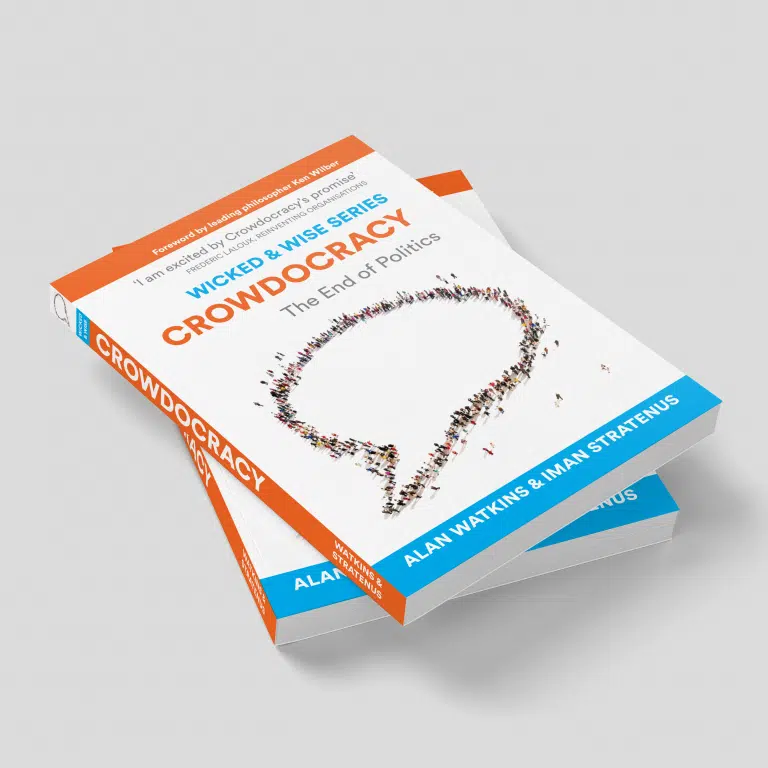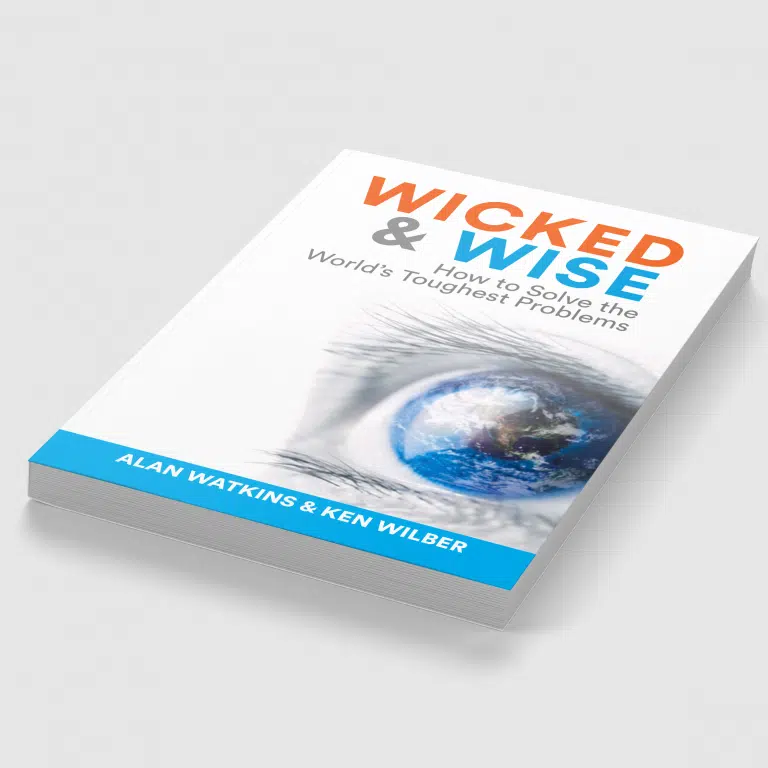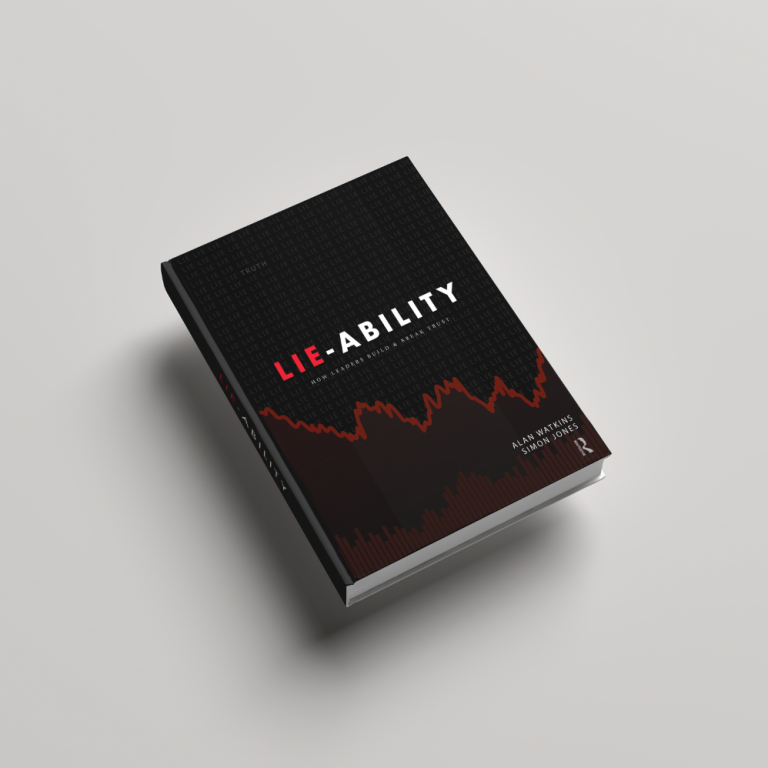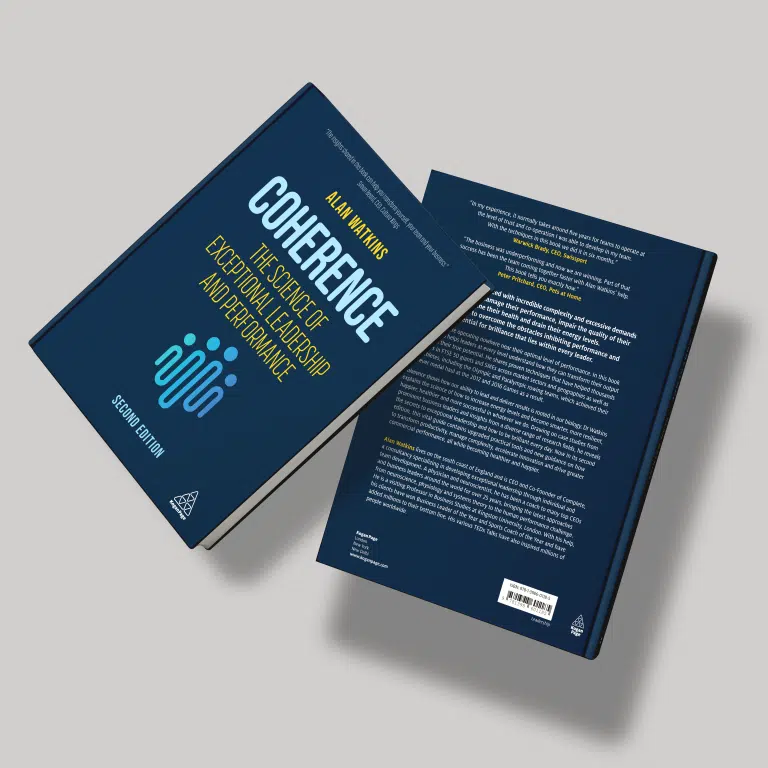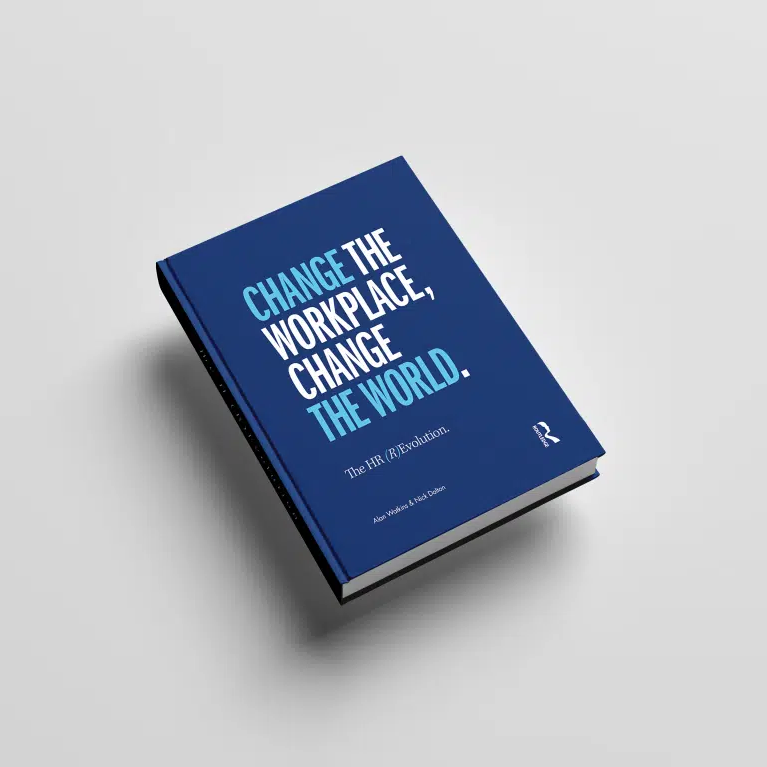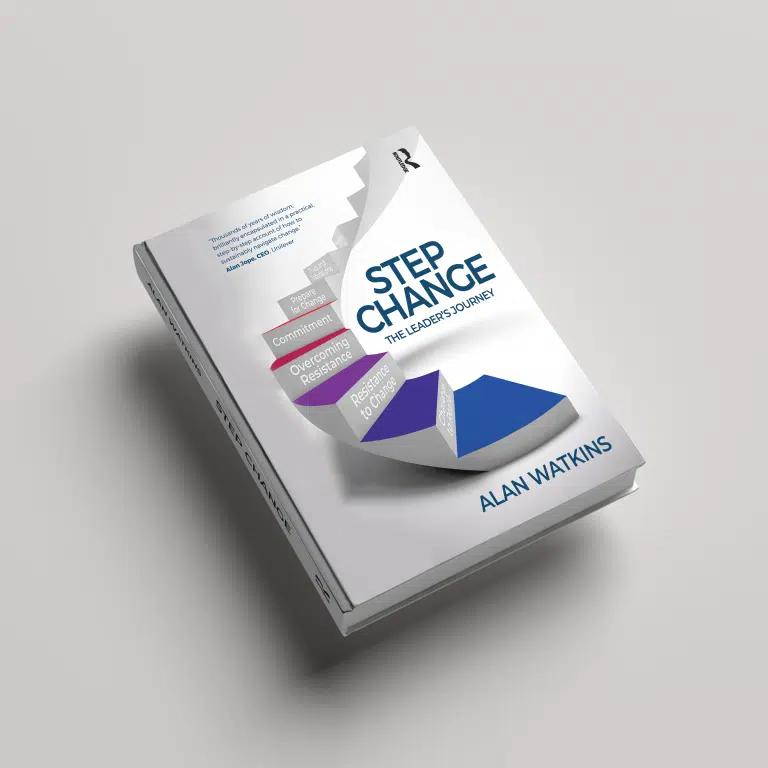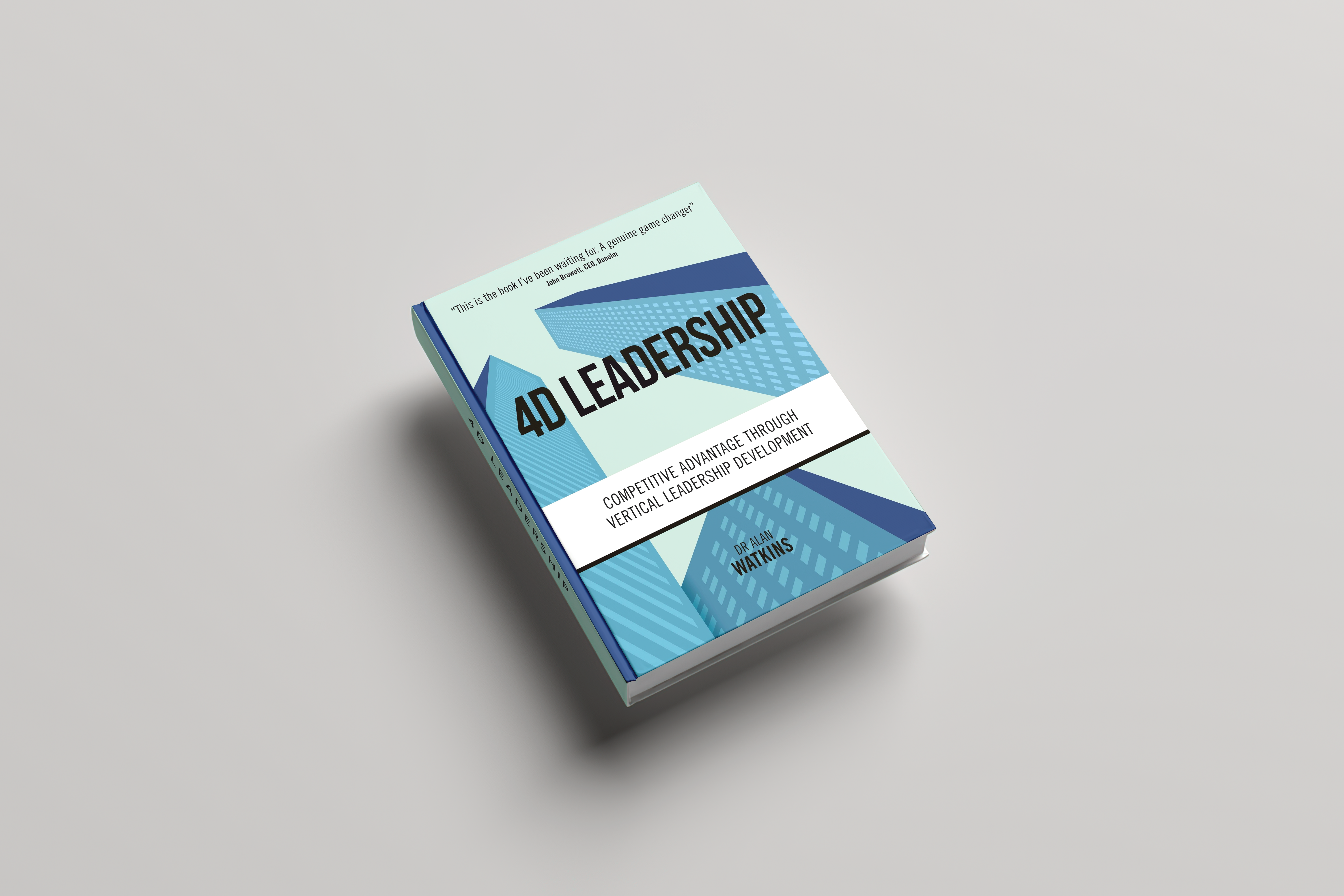For a large portion of his adult life, my father was a ship’s captain. Then, when I was born, he permanently ‘came ashore’ – a nautical term meaning ‘stopped drinking rum and singing dirty shanties’. But he never really left the sea or, at least, it never left him. I was raised on his tales of the open ocean, of freak waves and white squalls, of exotic ports, of calls to adventure and the greatest conquests of his maritime heroes, number one being Admiral Lord Horatio Nelson, the legendary British naval commander.
So it was recently that I found myself standing beside my father in Portsmouth Dockyard staring at the keel of HMS Victory, Nelson’s flagship in the Battle of Trafalgar. Of the roughly 20% of the Victory that is still original, the keel is the most striking, and we were talking about how it felt different from the restored parts of the vessel, as if it somehow contained the Victory’s ‘Victory-ness’. I was accustomed to my dad speaking about this ship the way sailors always speak about them, as if they’re living beings, but I wondered aloud about whether this piece of wooden hull could actually contain the essential nature of Nelson’s flagship, or even if such an essential nature could exist at all.
I was reminded of another ship, one belonging to the Greek hero Theseus. In this ancient thought experiment we are invited to imagine Theseus’ vessel standing at anchor in Athens harbour, and then asked, ‘If, over the decades, pieces of Theseus’ ship have to be replaced due to the wear of time, so that, eventually, every piece of the ship is made of new material, is it still Theseus’ ship?’ If it isn’t, at what point in the process did it stop being Theseus’ ship? Or if it is Theseus’ ship, what would happen if we took all the original pieces and reconstructed a ship from them – which would then be the real ship of Theseus?
Beyond the strange enjoyment I get from feeling like my brain is melting, I love this metaphysical paradox because it reminds me how long humans have consciously been grappling with the conundrum of change. The Theseus question is usually credited to Plutarch who put it forward a couple millennia ago, but its roots go back even further to the philosopher Heraclitus, he of the ‘No man steps in the same river twice’ fame. It’s a well-known statement and a profound observation, but to me an even deeper insight is to be found in another Heraclitus reflection: ‘It is in changing, that we find our purpose’.
These days, of course, it’s not just men in togas talking about change – everyone’s doing it – and this simple statement cuts through so much of the noise in those conversations, moving beyond descriptions of how much change there is and what rate it’s moving at, to address the WHY of personal and professional metamorphosis. Change, suggests Heraclitus, is not simply something that happens to us. Rather, it is a natural imperative, something that we are also driven to do from the inside out, because it is only through engaging in that process that we are able to discover the place in this world that we were born to inhabit. The great American writer and comparative mythologist Joseph Campbell calls this finding your ‘bliss’ and describes it as one of the rewards for following what he coined the Hero’s Journey. Since Campbell first published his seminal work, The Hero With a Thousand Faces, in 1949, The Hero’s Journey has been used as a powerful metaframe that maps out the cycles of change humans across time, cultures and geographies experience as they live and grow.
In his latest book, Step Change – The Leader’s Journey, Dr Alan Watkins develops Campbell’s vision even further, integrating what we have learned about change and development since 1949, and tailoring it to serve leaders in the 21st century. What he has produced is a groundbreaking work that not only crystallises WHAT change really is, but also WHY leaders need to build a far more constructive and deliberate relationship with it, and HOW they can do that with increasing proficiency.
A new way forward
Most people are ambivalent, sometimes even hostile, towards change, as if it is something to be avoided or, if that is not possible, at least endured or ‘managed’ for a while until things return to normal. But whether we are talking about individuals or organisations, change does not work that way. It is constant and relentless. There is no going around, only through. Leaders who recognise that are poised for greater success, but in Step Change Watkins suggests that there is an even stronger orientation to change available to all people in positions of responsibility. Instead of just working through change, leaders can actively and intentionally harness it, accelerate its cycles, and drive faster growth. But to do that, leaders need to start by understanding how change works.
Building on the archetypal pathway found in Campbell’s Hero’s Journey, Watkins describes the 12 steps that make up any evolutionary process, dividing these into the four primary phases of human development, three steps in each phase. With this roadmap in hand, leaders are guided through ‘waking up’ to the challenges they are facing and the need for change, ‘owning up’ to the ways in which they may be sabotaging change before then making a decision to transform, ‘growing up’ through the process of intentional and well-directed development, and finally ‘showing up’ in new and more sophisticated ways.
Using examples from popular culture, Step Change rings with familiarity. In it we find ourselves, recognise the challenges we all face and learn to identify where we are in the Change Wheel. Are we stuck in the Comfort Zone? Are we paralysed by a Resistance to Change? Are we ready to do the work, or, if we’ve already gone through the process, are we able to fully embody the change and deliver at a whole new level? Understanding the territory of change in this dynamic way makes it possible to move more efficiently through revolutions of the change cycle, and with every revolution through the 12 steps and four phases, we are profoundly changed.
Humanity is facing more and more ‘wicked problems’ – not evil problems, but rather problems so complicated and intractable that our established ways of thinking and being will not be sufficient to solve them. With these challenges to commercial and social prosperity, learning how to how to master the phenomenon of change may be the most important thing a leader can learn. As Watkins says, ‘We must evolve. All of us. If we want to succeed long term in an accelerating, turbulent and uncertain world and build an enduring legacy the only way forward is to develop ourselves.’ The stakes are high, but the opportunities are great and thanks to this book, the journey is significantly clearer.













